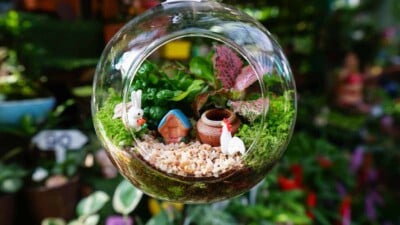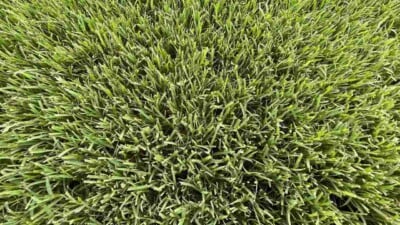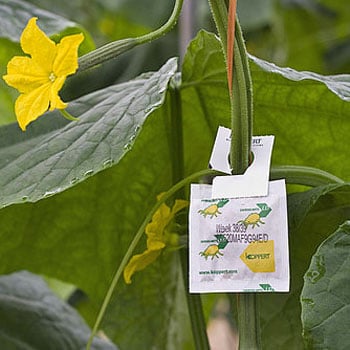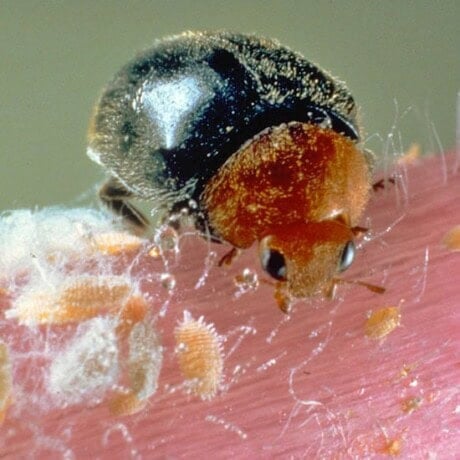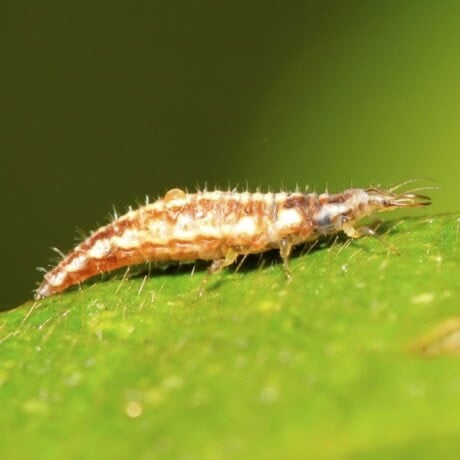Tips & Tricks
Whether you’re new to home gardening or a seasoned expert, our collection of 25 growing tips should help. Enjoy!


Live Ladybugs
(Free Shipping)
Ladybugs
This native ladybug species is the best known garden predator available.
Learn more1. In general, thinner leaved plants need more water to stay alive, thicker leaved plants need less.
2. Attract ladybugs to your garden with nectar-producing plants such as parsley, dill and fennel.
3. Change the water in a bird bath every few days to help reduce the mosquito population.
4. Rotate your crops each year to help reduce pest and disease problems as well as correct nutrient deficiencies and excesses.
5. Native trees and plants are low maintenance; they develop natural defenses against insects, disease and they rarely need pruning or feeding.
6. Less than 2 percent of the insects in the world are harmful. Most are beneficial insects.
7. Learn what the different life-cycle stages look like for both beneficial insects and pests – you don’t want to accidentally wage war on the “good guys.”
8. Mulching around plants will discourage weeds and help maintain moisture levels in the soil.
9. Place pest repelling plants such as garlic next to easily infested plants.
10. Keep birds away from your garden by hanging shiny objects that flap and sparkle in the wind, such as aluminum foil, at regular intervals.
Used in this country since the late 1880’s, beneficial insects are the best known form of biological control. They provide long-term pest control, helping to tip the scales in your favor when insect pests arrive.
11. Orchard mason bees are excellent pollinators. Attract them to your garden or orchard by providing nesting blocks.
12. Botanical insecticides are derived from plants and can be more toxic than some chemicals. They are, however, better in the long run because they break down rapidly in the environment.
13. Water in the morning to help avoid powdery mildew and other fungal diseases that are often spread by high humidity levels.
14. A strong hose spray can aide in knocking soft-bodied pests off plants such as aphids, leafhoppers and spider mites.
15. Use barriers against pests instead of insecticides whenever possible. Some pest barriers include floating row covers, netting, copper slug tape, protective collars and Tanglefoot Pest Barrier.
16. Vegetables that become overripe are an automatic lure for some garden pests. Remove them as quickly as possible to avoid detection.

17. Diatomaceous earth is an excellent organic insecticide – it is an abrasive white powder used to damage the cuticle, skin and joints of insects.
18. Avoid using railroad ties in or around your vegetable garden; the chemicals used to preserve the wood are now thought to be harmful.
19. New beds require plenty of compost, soil amendments and double digging for that extra kick.
20. Earthworms are extremely beneficial to the soil and plants, increasing air space in the soil and leaving behind worm castings. Do everything you can to encourage worms in your soil.
21. Keep dirt off lettuce and cabbage leaves by spreading a 1-2 inch layer of mulch (untreated by pesticides or fertilizers) around each plant.
22. Pest management begins with healthy soil. It produces healthy plants which are better able to withstand disease and insect damage.
23. Bats are a great form of natural pest control. Many in North America feed exclusively on insects and eat more than birds and bug zappers combined.
24. Sage can be used to repel cabbage moths and flea beetles.
25. Companion planting is an excellent way to improve your garden and can produce startling results. The basic idea is simple, some plants grow better near some companions than they do near others or when alone.

